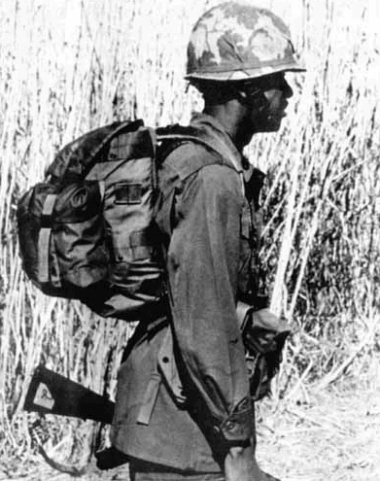To find tracks for your hike first try searching Google for GPX files of the trail you want. For instance I searched "Bruce Trail GPX" and this was the first result, a full GPX track of the Bruce Trail. A GPX file like this is ready to be imported to your GPS unit as is.
What if you cant find a good GPX file of your trail? well you will have to make your own. This be can be very time consuming, fortunately there is an excellent online application for this task called GAIA GPS. GAIA GPS will automatically connect way points using its available database of trails.
This is much much faster and easier than the alternative, which is to manually mark out the track point by point. The only down side to GAIA GPS is that it will only create routes, when what we want is tracks. Tracks make much more sense for hiking, they will show up as a line on a map to be followed, where as routes show up as you travel along them. Easy fix though, there are many programs that can convert routs into tracks.
To do this go to the details page for your route in GAIA and download the route as a GPX file. Next import that GPX file in to your mapping software, I use Garmin BaseCamp. In BaseCamp right click on your route file and select "create track from selected route". Once you have created the track GPX file you are ready to import it to your GPS unit.
Happy trails!






















